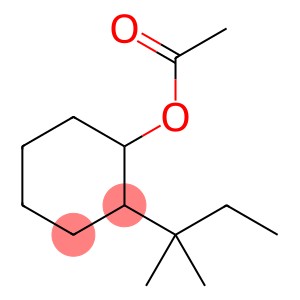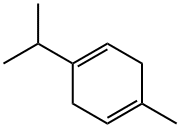2,4-Dinitrofluorobenzene(CAS#70-34-8)
| Risk Codes | R22 – Harmful if swallowed R33 – Danger of cumulative effects R34 – Causes burns R42/43 – May cause sensitization by inhalation and skin contact. R40 – Limited evidence of a carcinogenic effect R23/24/25 – Toxic by inhalation, in contact with skin and if swallowed. R43 – May cause sensitization by skin contact R36/38 – Irritating to eyes and skin. R36/37/38 – Irritating to eyes, respiratory system and skin. |
| Safety Description | S22 – Do not breathe dust. S26 – In case of contact with eyes, rinse immediately with plenty of water and seek medical advice. S36/37/39 – Wear suitable protective clothing, gloves and eye/face protection. S45 – In case of accident or if you feel unwell, seek medical advice immediately (show the label whenever possible.) S28A - S23 – Do not breathe vapour. S7/9 - S36/37 – Wear suitable protective clothing and gloves. |
| UN IDs | UN 3261 8/PG 2 |
| WGK Germany | 3 |
| RTECS | CZ7800000 |
| TSCA | Yes |
| HS Code | 29049085 |
| Hazard Note | Toxic |
| Hazard Class | 6.1 |
| Packing Group | III |
Introduction
2,4-Dinitrofluorobenzene is an organic compound. The following is an introduction to its nature, use, preparation method and safety information:
Quality:
- 2,4-Dinitrofluorobenzene is a solid with colorless to light yellow crystalline forms.
- At room temperature, it is insoluble in water, but soluble in organic solvents such as ether and dimethylformamide.
- It is a flammable compound and needs to be handled with care.
Use:
- 2,4-Dinitrofluorobenzene is mainly used in the manufacture of yellow dyes in the explosives and pyrotechnic industries.
- It is also used as an intermediate in dyes and pigments, and has certain applications in chemical analysis and organic synthesis.
Method:
- 2,4-Dinitrofluorobenzene can be obtained by nitrification of p-chlorofluorobenzene.
- The specific preparation method can be achieved by the reaction of nitric acid and silver nitrate, concentrated nitric acid and thionyl fluoride, etc.
Safety Information:
- 2,4-Dinitrofluorobenzene is a toxic substance with potential carcinogenic and teratogenic risks.
- Protective gloves, goggles, and protective clothing should be worn during operation.
- Avoid contact with skin, eyes, and respiratory tract.
- Waste should be disposed of in accordance with relevant environmental regulations and should not be discharged into water bodies or the environment.








